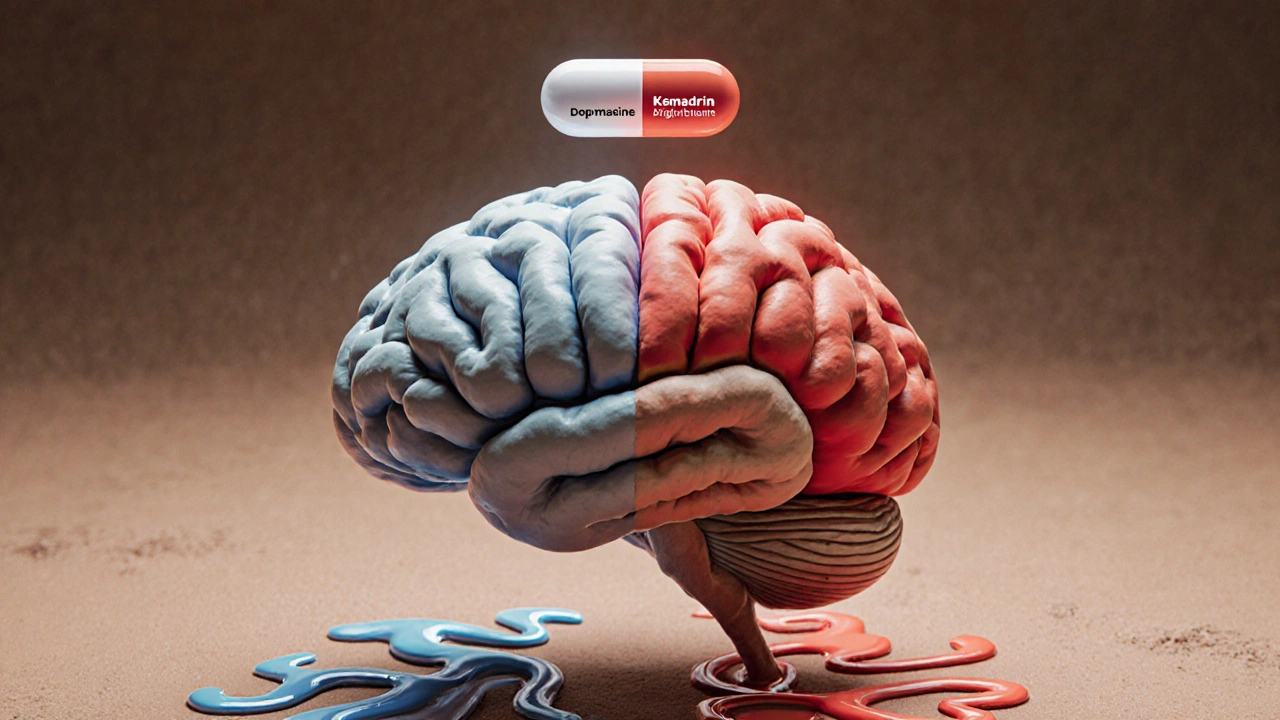Parkinson's Symptoms: What to Watch For and How It Affects Daily Life
When someone has Parkinson's disease, a progressive nervous system disorder that affects movement. Also known as Parkinson's syndrome, it doesn't just cause shaking—it changes how you walk, talk, and even hold a cup of coffee. The core issue is the loss of dopamine-producing brain cells, and that ripple effect shows up in ways you might not expect.
The most recognizable sign is a tremor, usually starting in one hand while at rest. But not everyone has it. Some people first notice their arm doesn't swing when they walk, or their handwriting gets smaller and messier. That's bradykinesia, slowness of movement—and it’s often the most disabling symptom. Getting out of a chair, buttoning a shirt, or brushing your teeth can take way longer than it used to. Then there's rigidity, stiffness in muscles, which feels like your limbs are made of lead. It’s not just discomfort—it limits range of motion and can cause aches that don’t go away with rest.
Balance problems, called postural instability, the tendency to fall backward or forward, usually come later. But when they do, they change everything. Walking becomes a careful step-by-step process. Turning around feels risky. Even standing still can feel unstable. These aren’t just physical changes—they chip away at independence. People stop going out, stop driving, stop doing the things they love because they’re afraid of falling or looking different.
There’s more too. A soft voice, a blank facial expression, trouble swallowing, constipation, sleep issues, and even mood changes like depression or anxiety are all part of the picture. These aren’t side effects—they’re symptoms of the disease itself. And they don’t show up the same way for everyone. One person might struggle with movement but have no tremor. Another might have severe stiffness but still walk well. That’s why recognizing the full range of signs matters.
If you or someone you know is noticing these changes—especially if they’re getting worse over time—it’s not something to ignore. Early diagnosis doesn’t cure Parkinson’s, but it gives you a head start on managing it. Medications, physical therapy, and lifestyle adjustments can help maintain function and quality of life for years. The goal isn’t to stop the disease, but to keep you living your life as fully as possible.
Below, you’ll find real, practical guides that break down what these symptoms mean, how they’re managed, and what other conditions might look similar. No fluff. Just clear info from people who’ve been there—and the experts who help them every day.
Kemadrin (procyclidine) is an anticholinergic medication used to treat movement symptoms of Parkinson’s disease and side effects from antipsychotic drugs. It reduces tremors and stiffness by balancing brain chemicals, but carries risks like dry mouth, confusion, and dizziness, especially in older adults.
Nov, 18 2025

